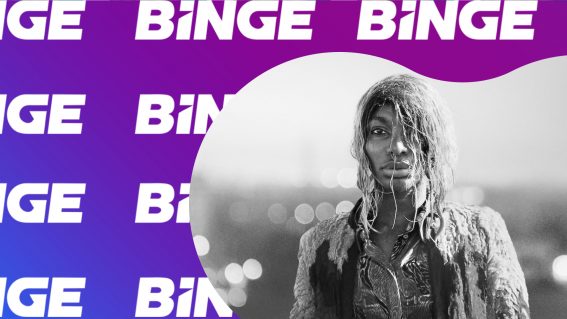I Kid You Not: Frozen is one of the most important films of the 21st century
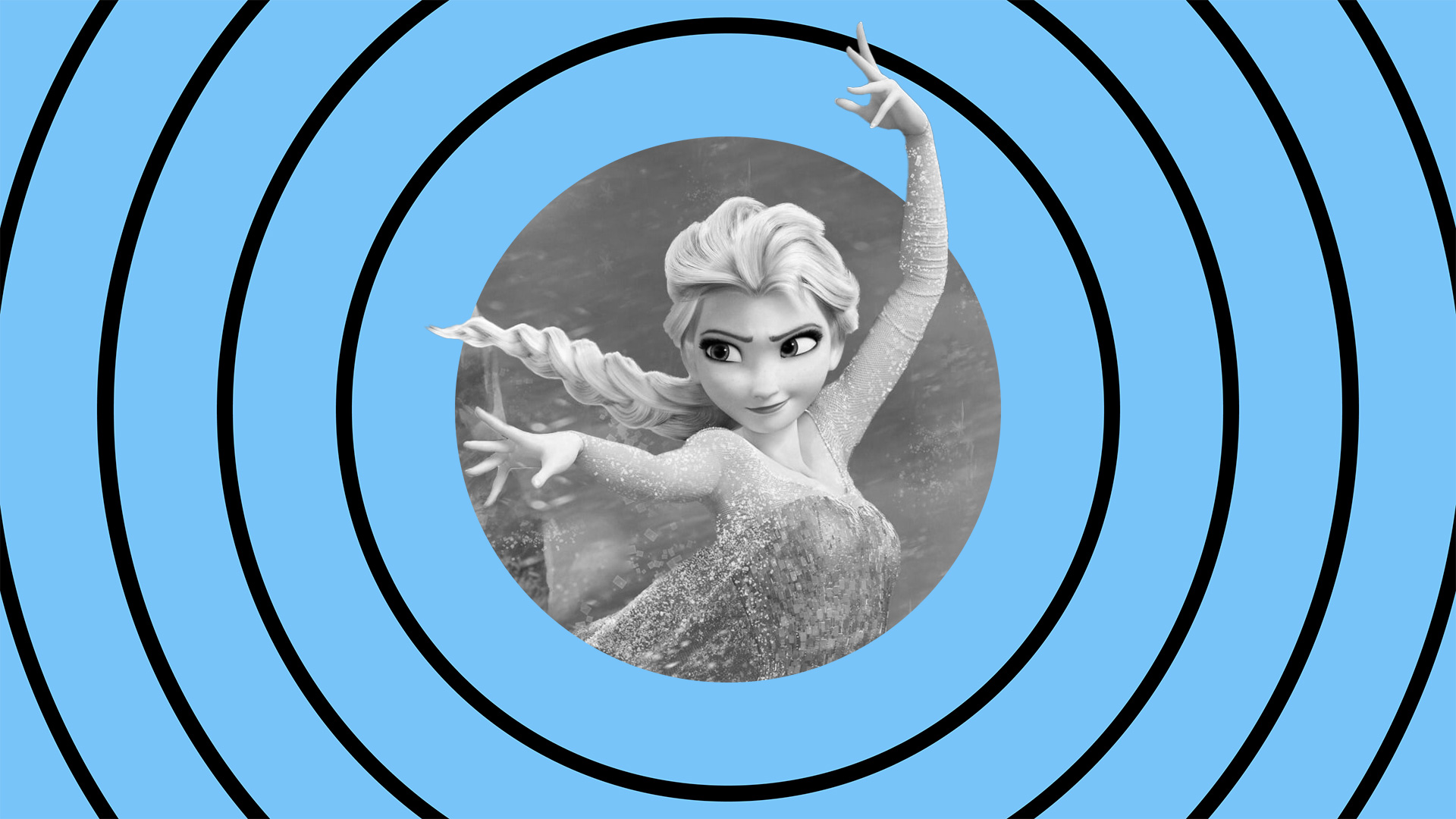
Who said family films aren’t cinema? In his column I Kid You Not, Liam Maguren critically evaluates the excellence in kids flicks and writes them into the history books. Here, he argues the cultural and commercial importance of Disney’s 2013 juggernaut Frozen.
A film could be an Academy Award-winning success or an absolute box office behemoth, but does that alone make it important in the history of cinema? Call me cynical, but I don’t think anyone’s championing 2012’s Best Picture winner The Artist or 2014’s chart-topper Transformers: Age of Extinction as significant cultural touchstones. Certainly not in the way we talk about the transformational influences of films like Battleship Potemkin, Citizen Kane, and La Dolce Vita on the industry.
In 2030, we’re more likely to consider the impact of Everything Everywhere All at Once on future filmmakers and Top Gun: Maverick’s success as a vital lifeline to the 2022 theatrical landscape. Judging a title’s importance often comes down to its lasting influence, whether it’s the artistic side or the commercial end of cinema. And if that’s the case, then we need to talk about one of the most important films of the 21st century—Frozen.
One thing comes to mind when anyone hears that title: the song Let It Go, a white-tailed spider of a tune squatting rent-free in everyone’s heads. Wrapped around that ear-parasite is a pop-culture phenomenon of a movie, an endlessly merchandise-able success for Disney with the box office tickets and Toys-R-Us receipts to prove it. (Though Hans Christian Andersen’s story The Snow Queen, which Frozen loosely adapts, didn’t see much of this attention.)
Frozen wasn’t an overnight success for this new-age Disney. The late 2000s was a largely forgettable period for the Animation Studios. Not Disney the company, mind you, who were reaping the rewards of purchasing Pixar with the release of golden titles Ratatouille, WALL-E, Up and Toy Story 3. Before that, Walt Disney the Animation Studio released Chicken Little, Meet the Robinsons and Bolt—if you can’t remember those films, don’t worry, neither can anyone else.
At the turn of the decade, the studio found its stride with 2009’s The Princess and the Frog, 2010’s Tangled, and 2012’s Wreck-It Ralph. All three were critical and commercial successes, sucking in hundreds of millions of dollars from the box office with Oscar nominations to boot.
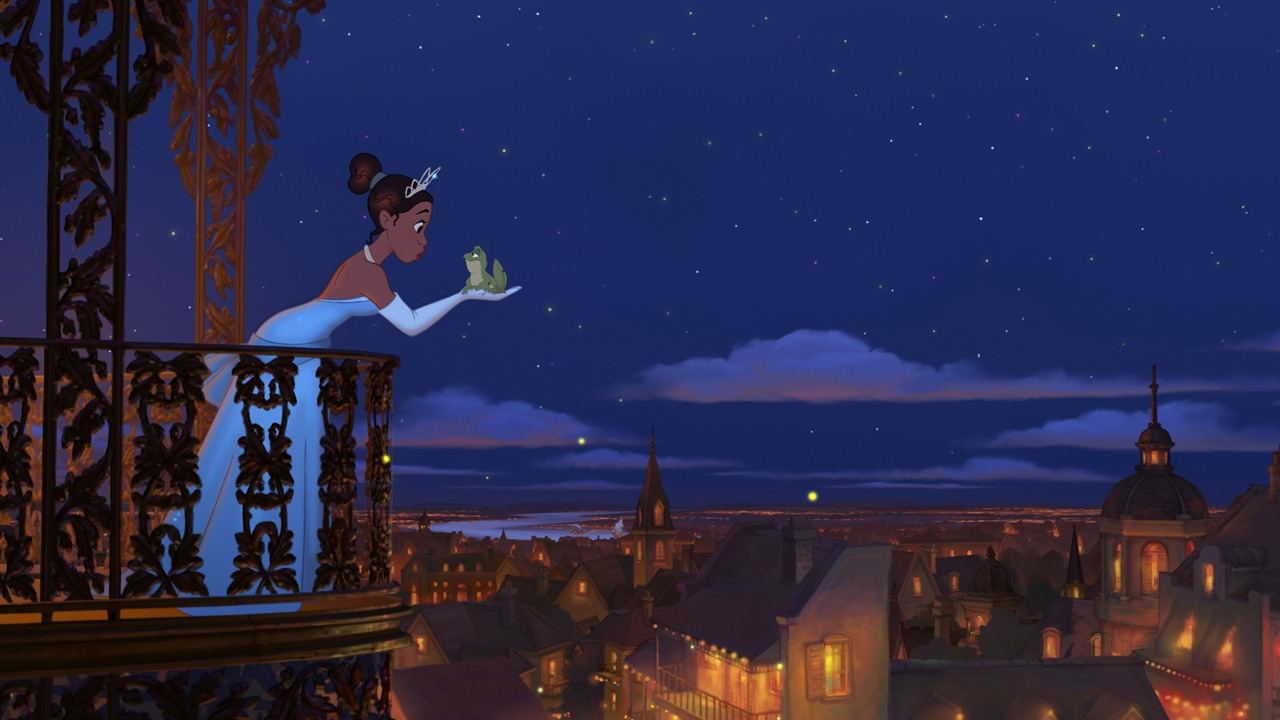
Success is one thing, however, but total dominance is another with Frozen crossing over a billion dollars worldwide to become the biggest film of 2013 and the highest-grossing animated feature film of all time. It was a critical hit too, earning the Academy Award for Best Animated Feature—the first Walt Disney Animation Studio production to win that Oscar since the award’s conception in 2001.
Frozen may not have ushered in the new Disney renaissance, but it sat the renaissance down and glued its seatbelt shut. Since then, we’ve received a consistent stream of Disney staples from the studio—Big Hero 6, Zootopia, Moana, Encanto—with three of those four titles also winning the Oscar for Best Animated Feature (Moana lost to Zootopia, for what it’s worth).
Much like James Cameron’s Avatar, it’s all too easy to look back at Frozen with a tall poppy disdain towards its success, especially when Frozen-themed birthday parties and Let It Go’s omnipresence make the whole thing feel inescapable. However, at least in my opinion, that would ignore Frozen’s most admirable quality—being an absolute slam dunk of a fairy tale musical that directly attacks the long-unchecked family-friendly theme of True Love™.
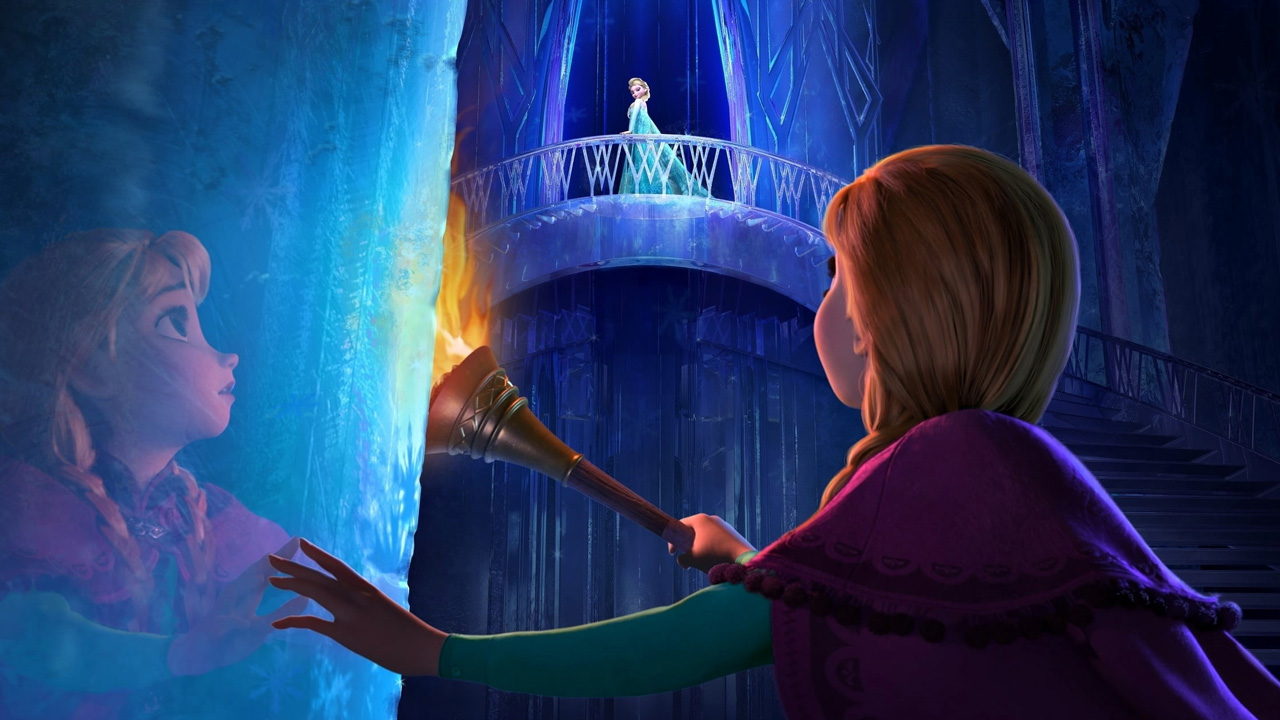
The subversive ending, which saw Anna’s sister Elsa as the curse-destroying source of true love instead of some handsome yuppie she just met, says a lot about where Disney the Studio and Disney the Company are now. By judo-flipping the expectations of a family film, a move largely considered Pixarian, Frozen managed to maintain the timeless nature of fairy tales while progressing some of the genre’s timed-out qualities for modern audiences.
Yes, Tangled also did a dang fine job adapting a beloved fairy tale for today’s crowd, but its story played it safe in comparison. The same partially goes for The Princess and the Frog, though it made the celebrated move of introducing the world’s first Black Disney princess. Unfortunately for that film, the gorgeously realised 2D animation had only limited appeal to a 3D-hungry audience. (The fantastic 2011 Winnie the Pooh film proved how going fully traditional, no matter the quality, doesn’t guarantee the big bucks.) But those films shouldn’t be ignored either, for their victories gathered momentum for Frozen’s eventual triumph and helped pave the way for the studio’s future progressive, inclusive family-friendly features.
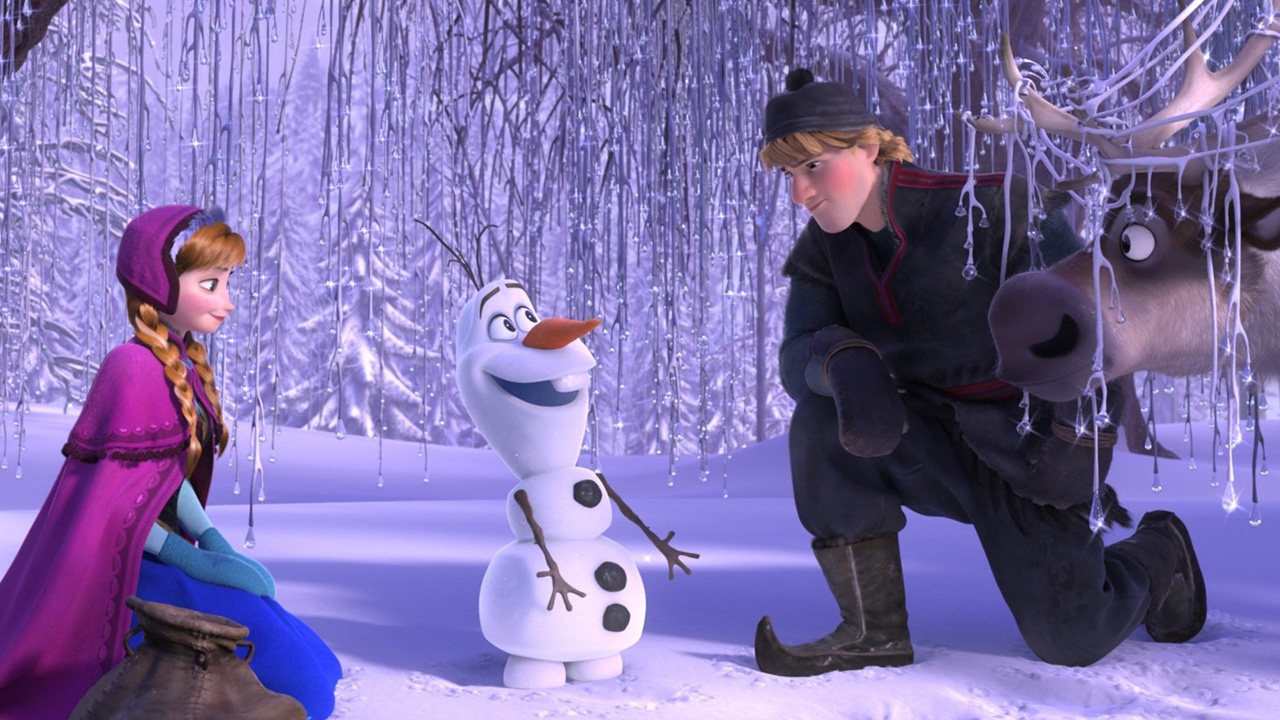
Much like the rumours about Walt’s head, Frozen kept Disney’s core identity preserved by having a foothold in both the past and the present. That identity would become necessary years later with the company’s expansive streaming platform, which now shares its legacy catalogue with the Marvel Cinematic Universe and the Star Wars galaxy as well as some very not-for-kids content (they’re currently absorbing jokes about the new Hellraiser and Prey‘s Predator hunter being Disney Princesses).
Disney+ has become so big, it’s currently challenging Netflix’s crown as the biggest streaming platform in the world, but no matter how far Disney the Company expands, its identity remains anchored by Disney the Studio. To imagine The Big D without the Frozen-led renaissance is to think of Disney only as the company, a soulless ghoul that benefits from other studios’ work while aggressively pumping out unchallenging, live-action remakes of their former hits—whether audiences wanted them or not.
We can only hope that Frozen II, the painfully uninspired follow-up reminiscent of Disney’s straight-to-VHS era of sequels, doesn’t become as significant to the company and the studio’s history.











